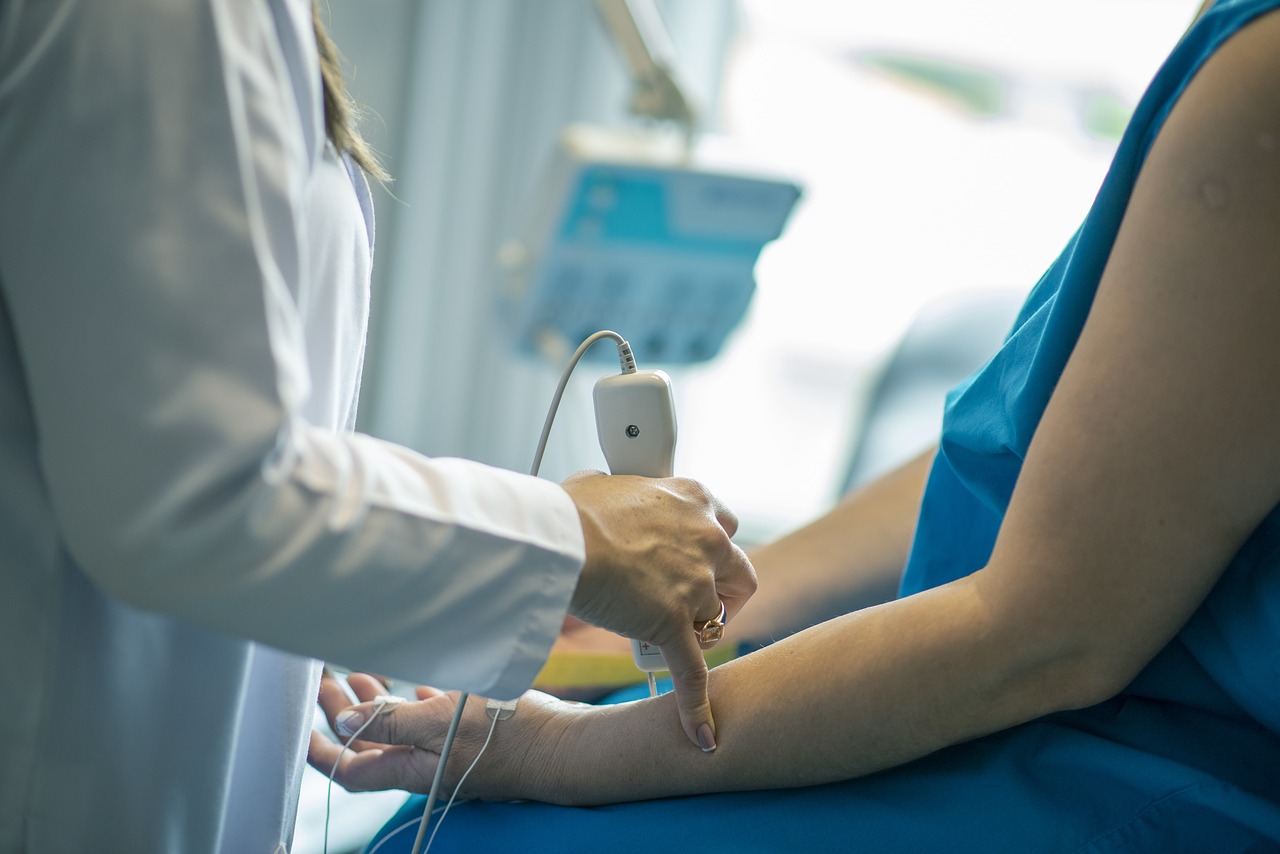Written by: Daniel Miranda, Globiox Consultant
Clinical evaluation is a critical, ongoing task that must be performed by medical device manufacturers who market products in the European Union and seek to obtain or maintain a CE mark. This task is completed via creation of a clinical evaluation report (CER).
A CER must be created prior to obtaining a CE mark for a medical device under both the outgoing Medical Device Directive (MDD) and the new Medical Device Regulation (MDR). However, responsibility for clinical evaluation does not stop there. Companies must have procedures in place to continuously monitor and evaluate new information that could affect the conclusions of their CER. Depending on the classification and risk of the device, the CER needs to be reviewed and amended on a regular basis.
The European Commission provides a guidance document, MEDDEV 2.7/1, that discusses the clinical evaluation process and the requirements for the content of a CER. The clinical evaluation process involves collecting clinical data from a variety of sources to ensure that the device meets safety and performance requirements when it is used per the manufacturer’s instructions for use. Data can include preclinical data, clinical data, complaint data, post market surveillance data, post market clinical follow up data, and outcomes from risk management processes, to name a few. Data should also include an evaluation of clinical literature, to determine current knowledge and state of the art for the device and its treatment and use in the medical field. Manufacturers need a written, sound plan, to collect, appraise, and analyze clinical data, and to determine when they have enough data to demonstrate the device meets safety and performance requirements.
The clinical evaluation process is time consuming and generally requires a team of individuals to complete as one person will rarely have all the expertise spelled out in MEDDEV 2.7/1. Expertise is needed in how the device functions, how it is used in a clinical setting, and how regulations apply to it. Additionally, expertise is needed in locating and evaluating clinical literature. The process can become even more time consuming if it is determined that the risk management process was not done properly, if the company needs to generate more data, or if they have trouble finding needed data in the literature.
Companies that do not have the in-house resources, either expertise, or individuals with enough time may struggle to write an initial CER. Furthermore, it can be difficult to decide how to apply the MEDDEV 2.7/1 guidance to a company’s unique situation. Every company and every device is different. Devices can span the range from low risk to high risk, from clear benefit to less clear benefit, and can be manufactured and sold by companies of all different sizes. Globiox consultants can leverage their experience from working with a variety of companies and devices in order to properly apply the guidance and to scale clinical evaluation support for clients appropriately. This can include evaluating existing client data, and helping to determine whether additional data is needed. Keeping these and other aspects in mind allows Globiox to control costs while supporting a client’s clinical evaluation so that the project outcome is a clinical evaluation suitable for their device, at a reasonable cost.

